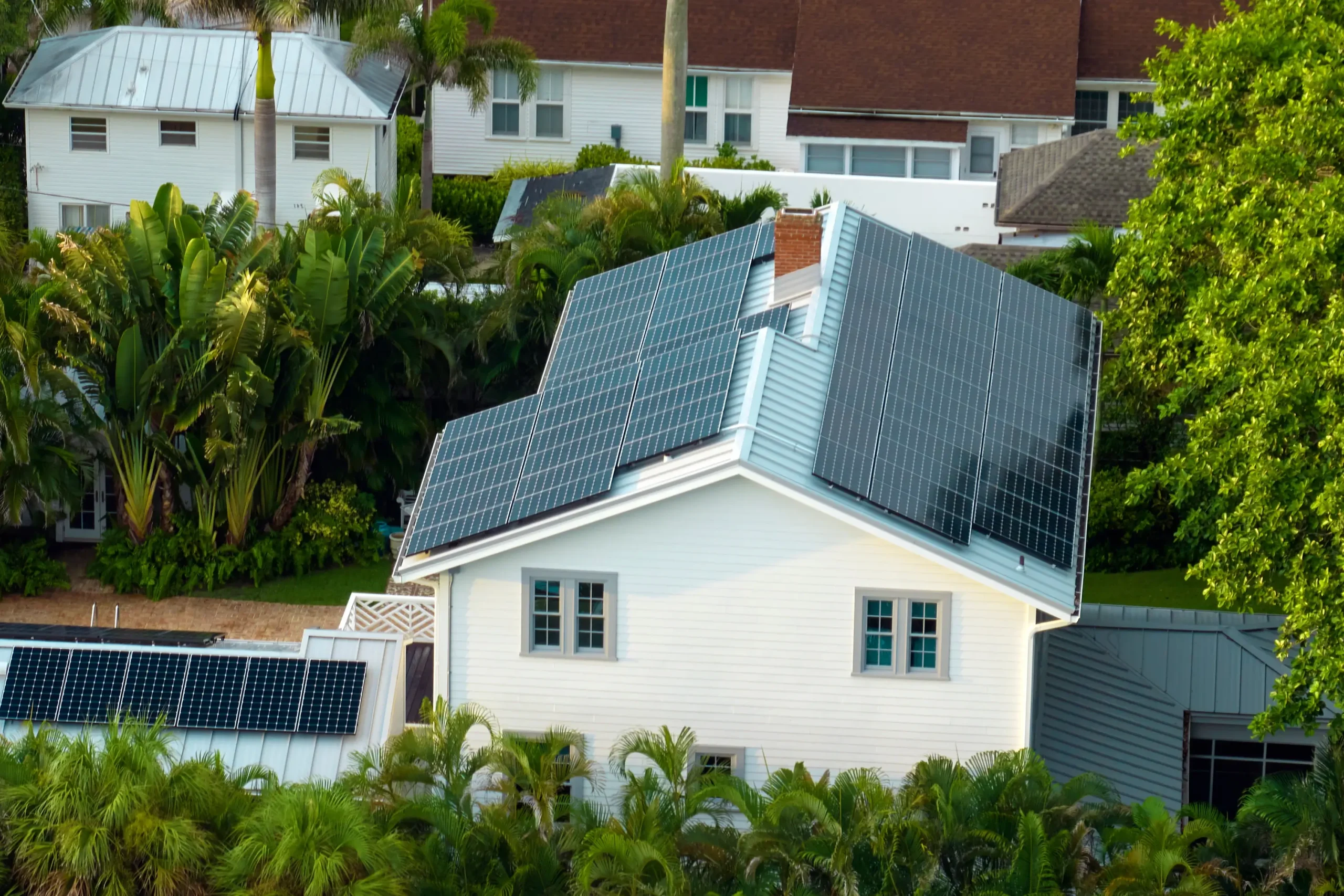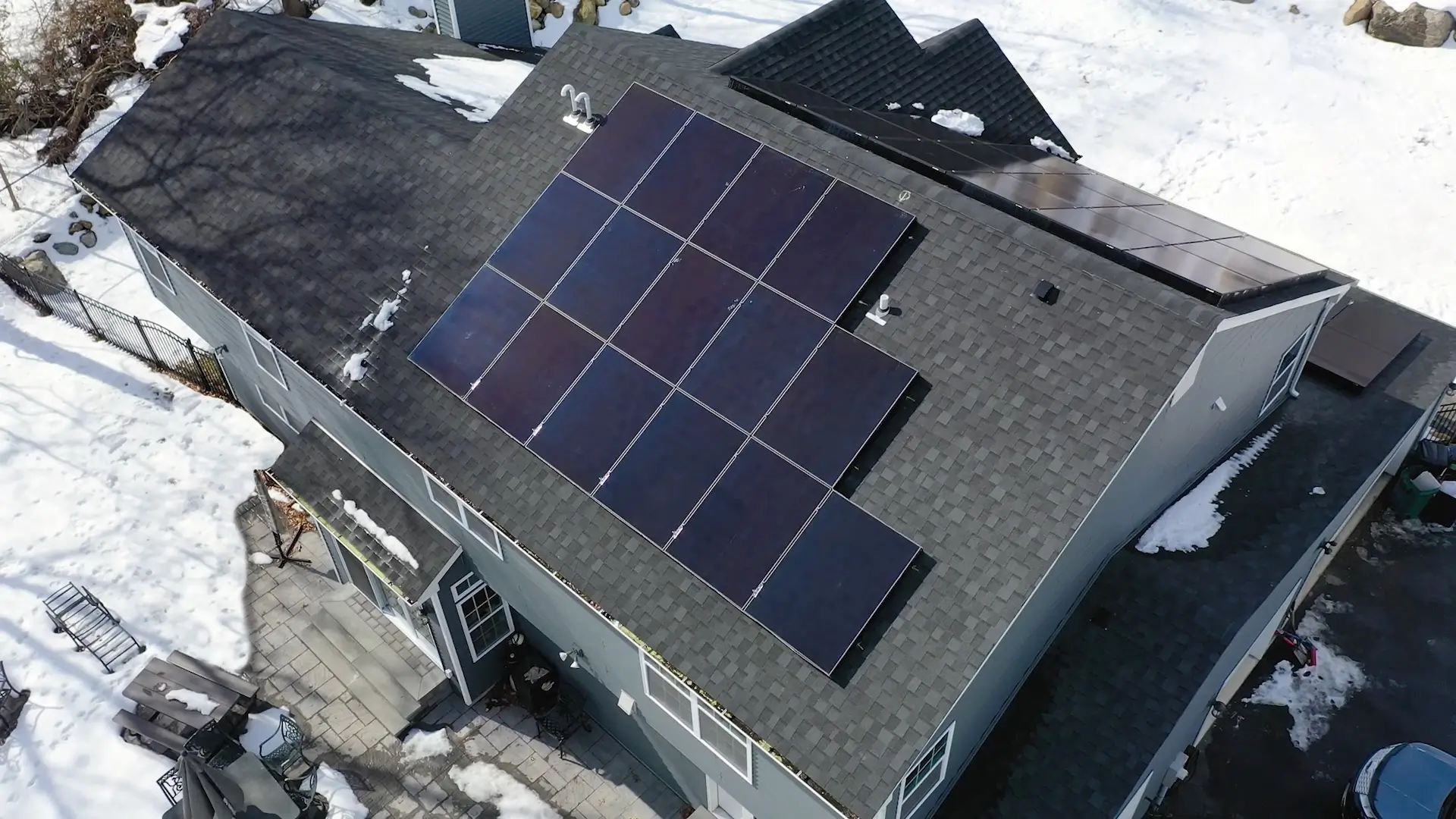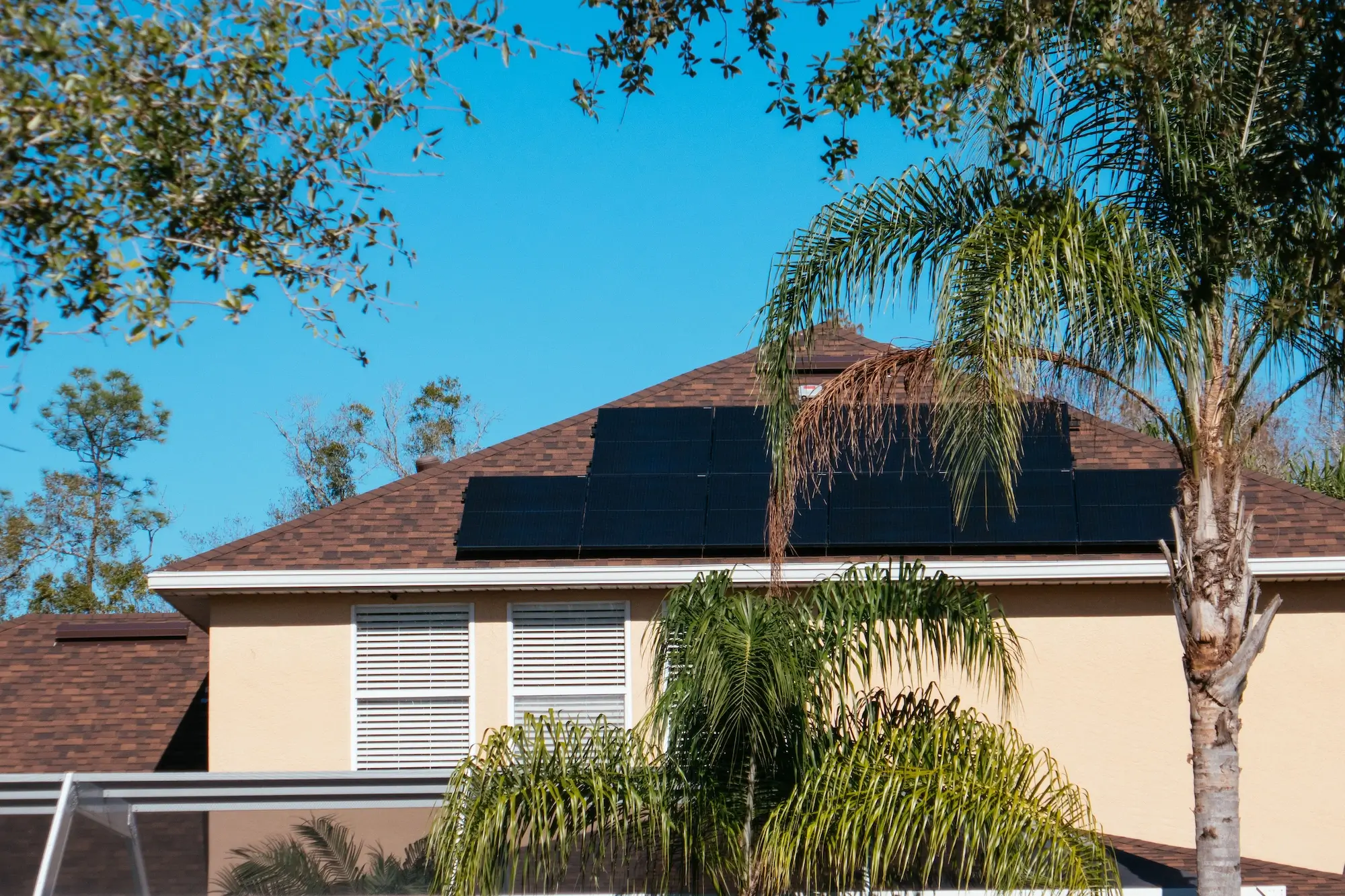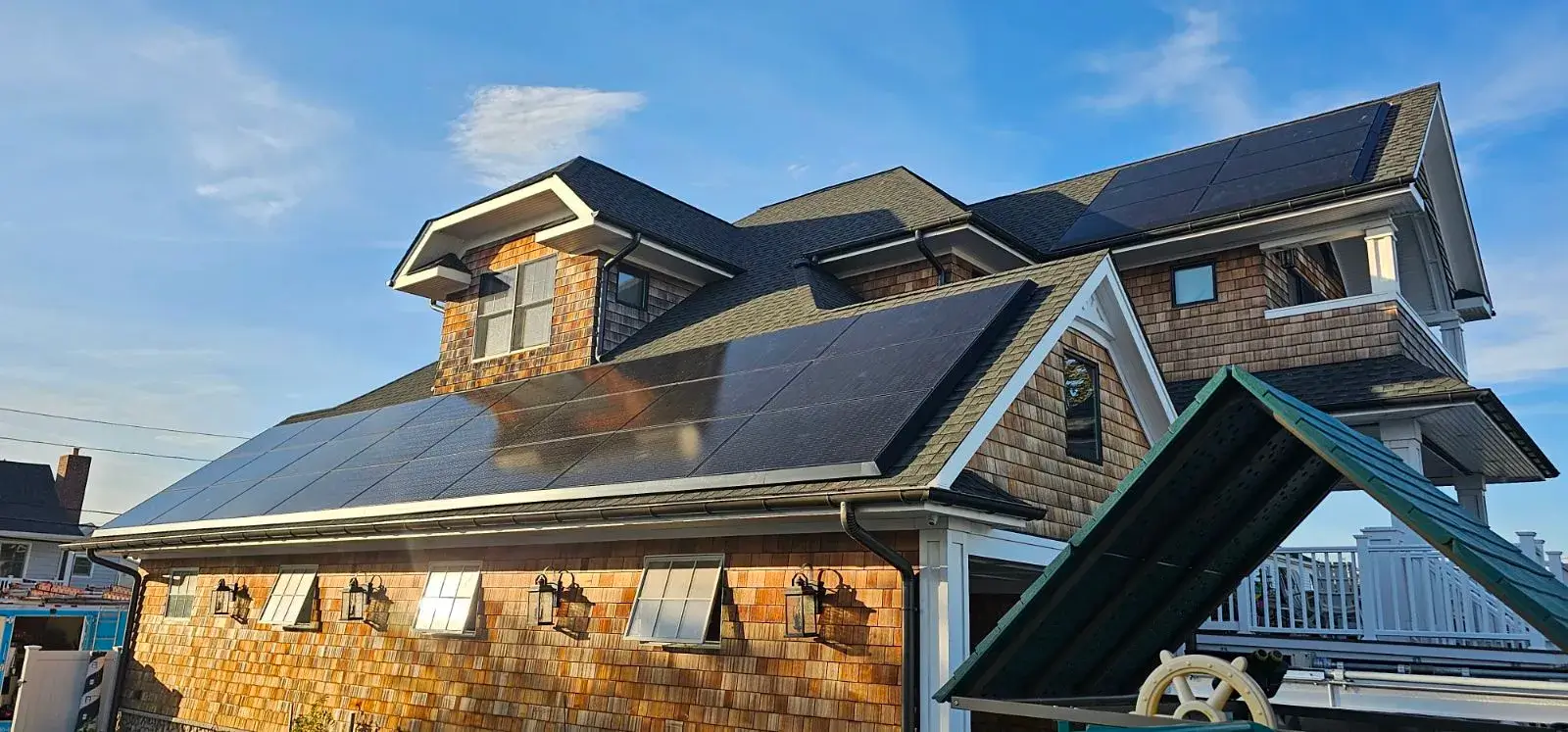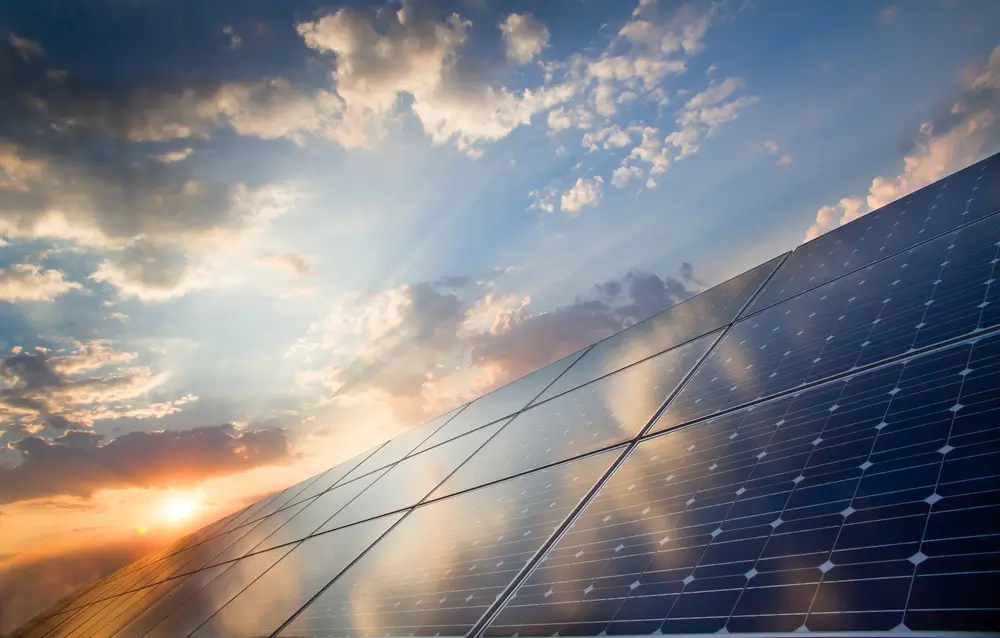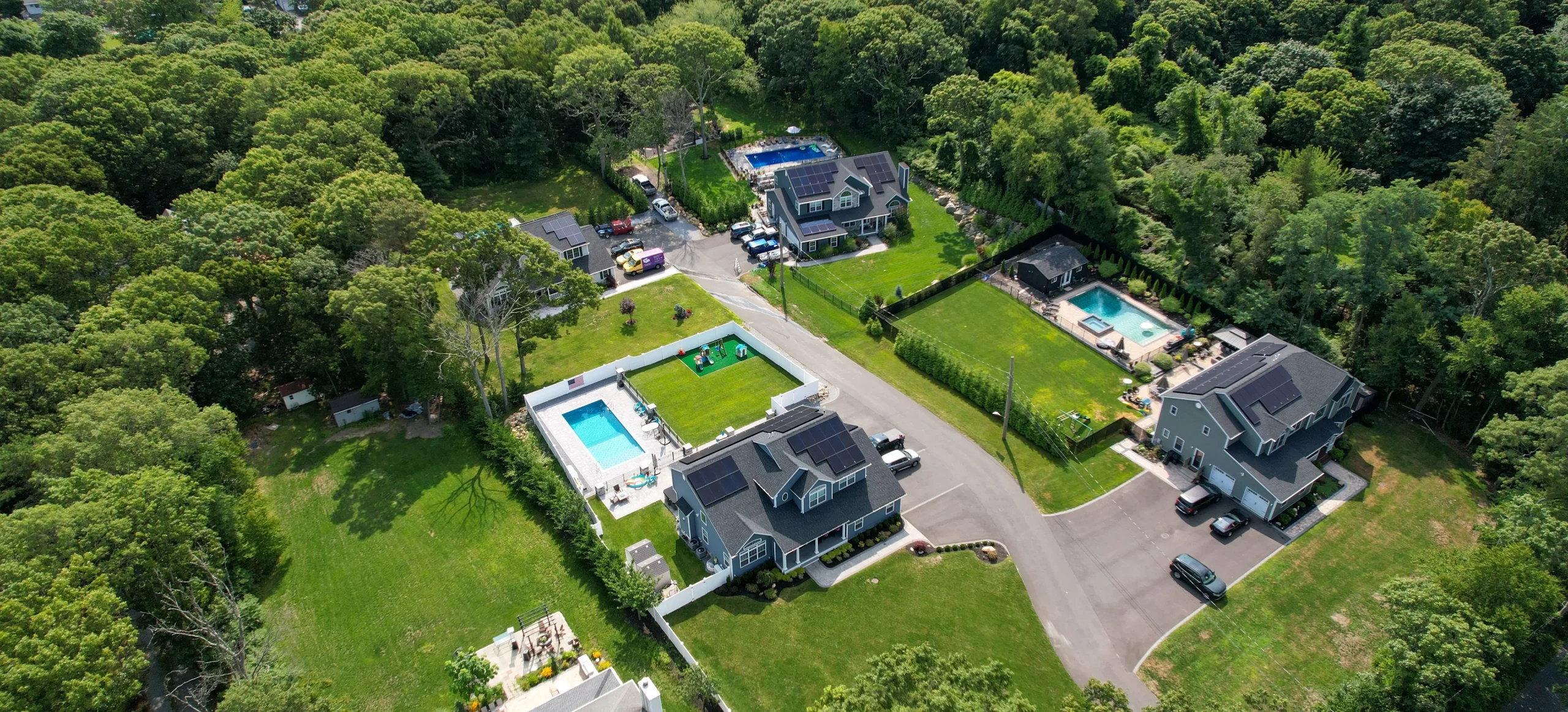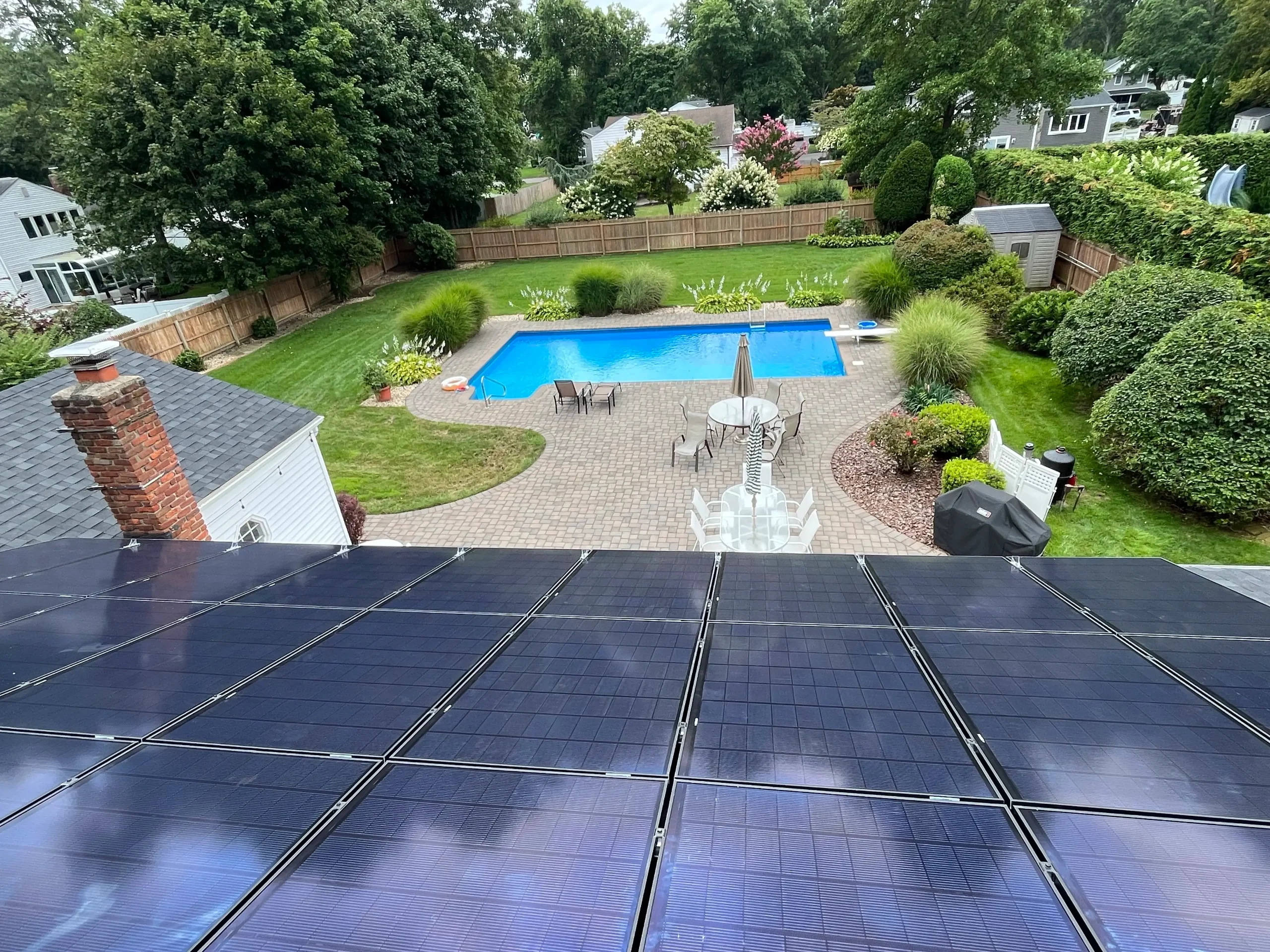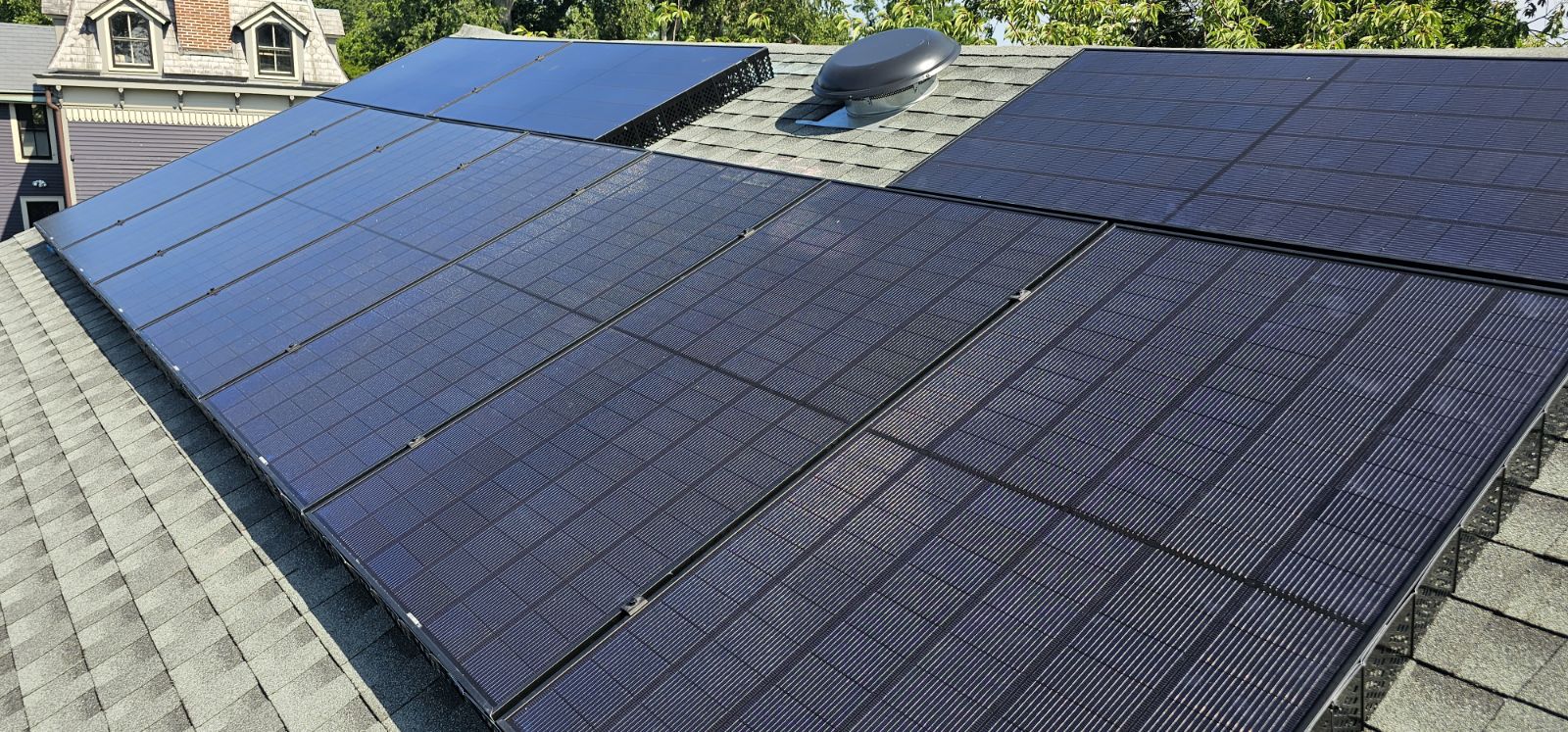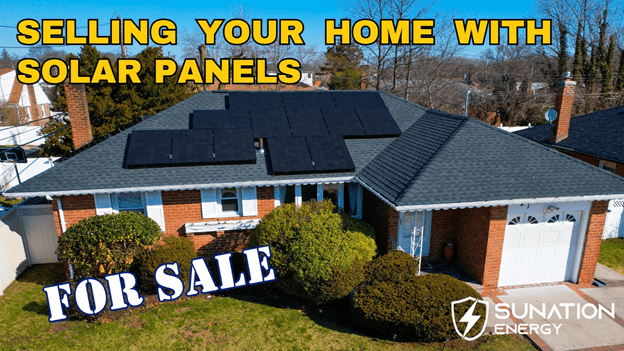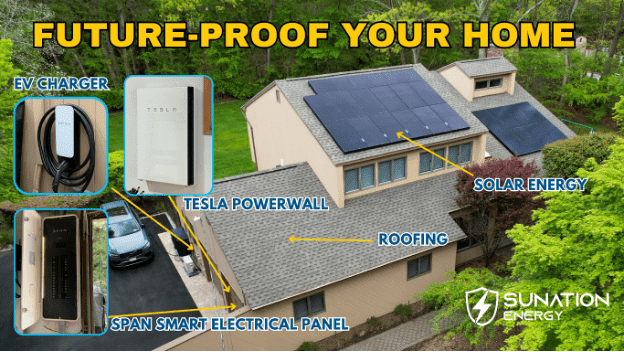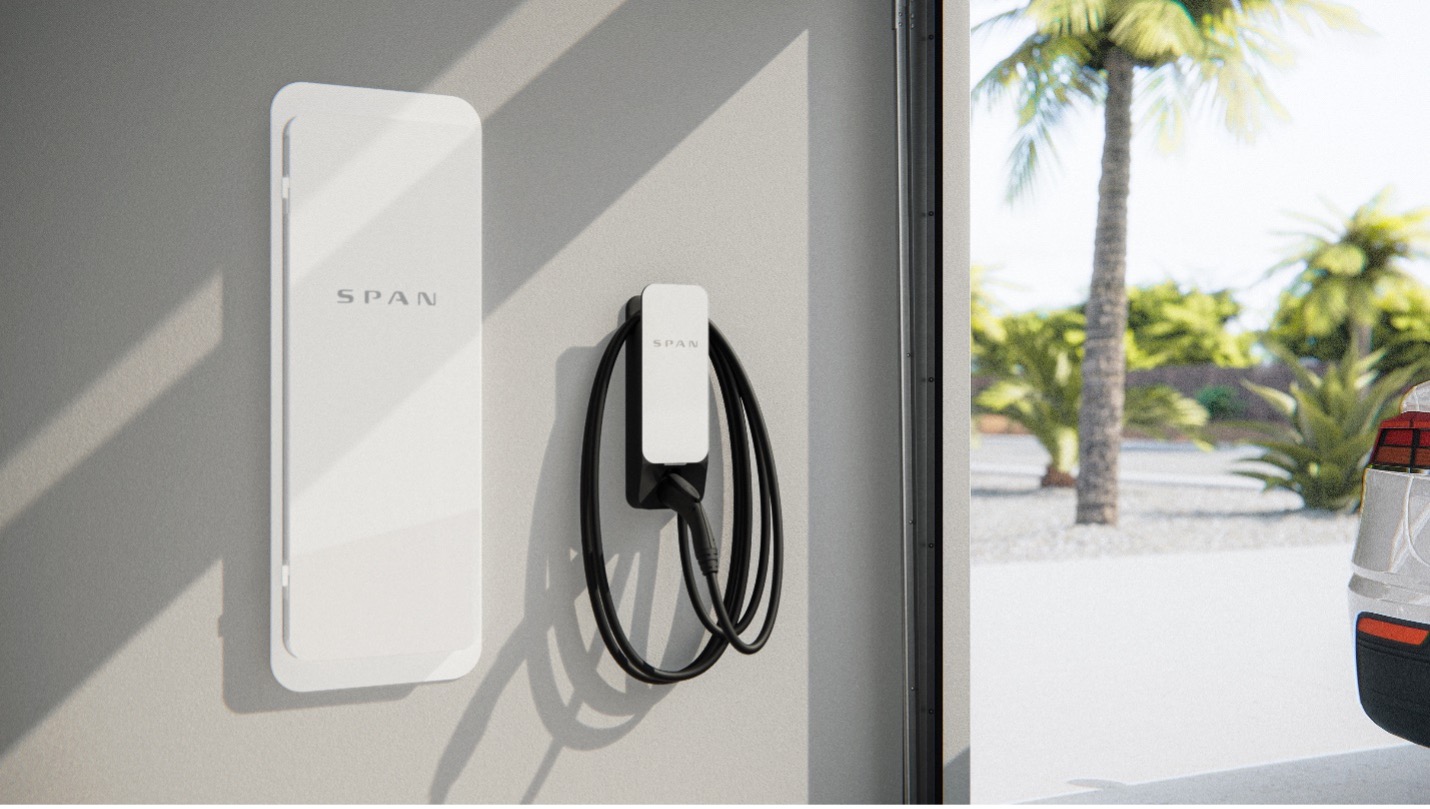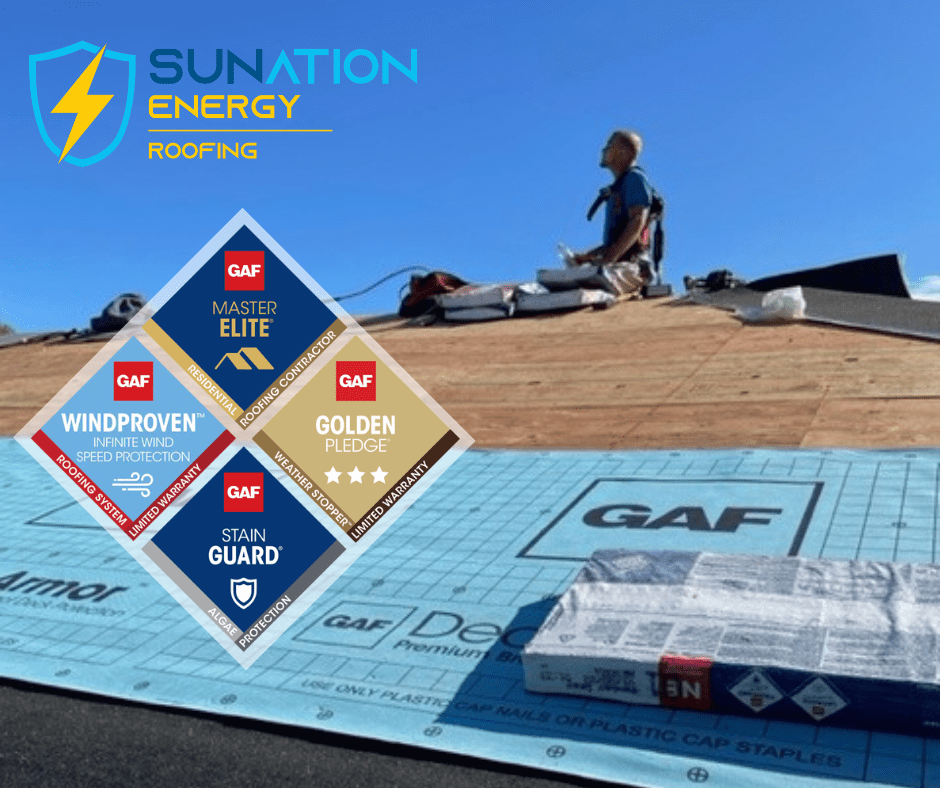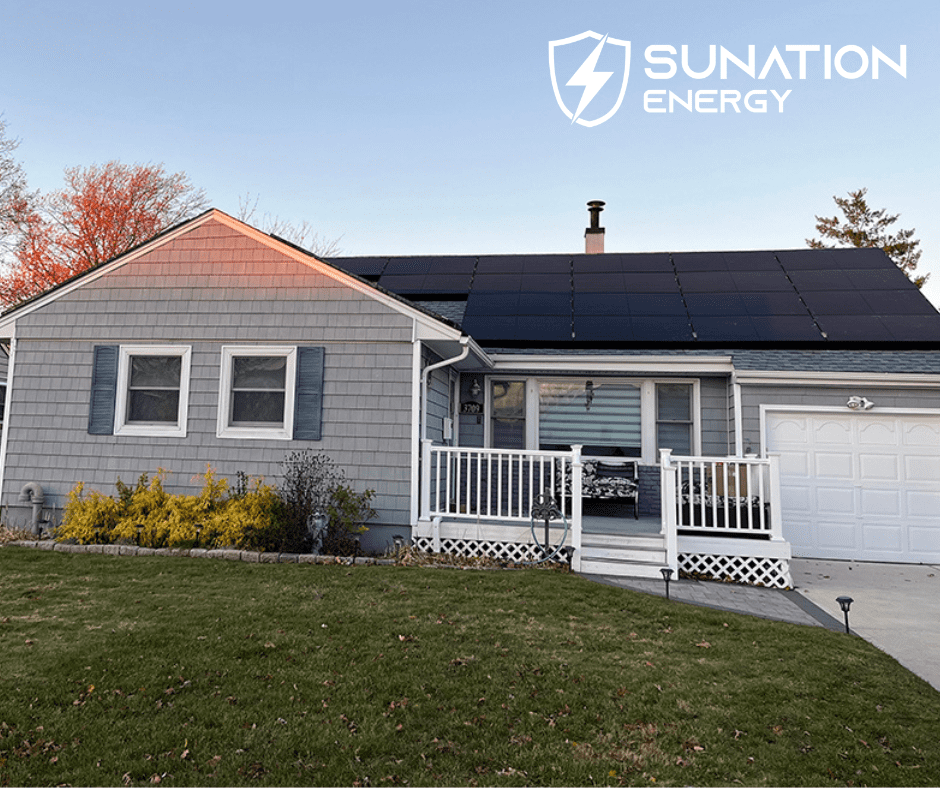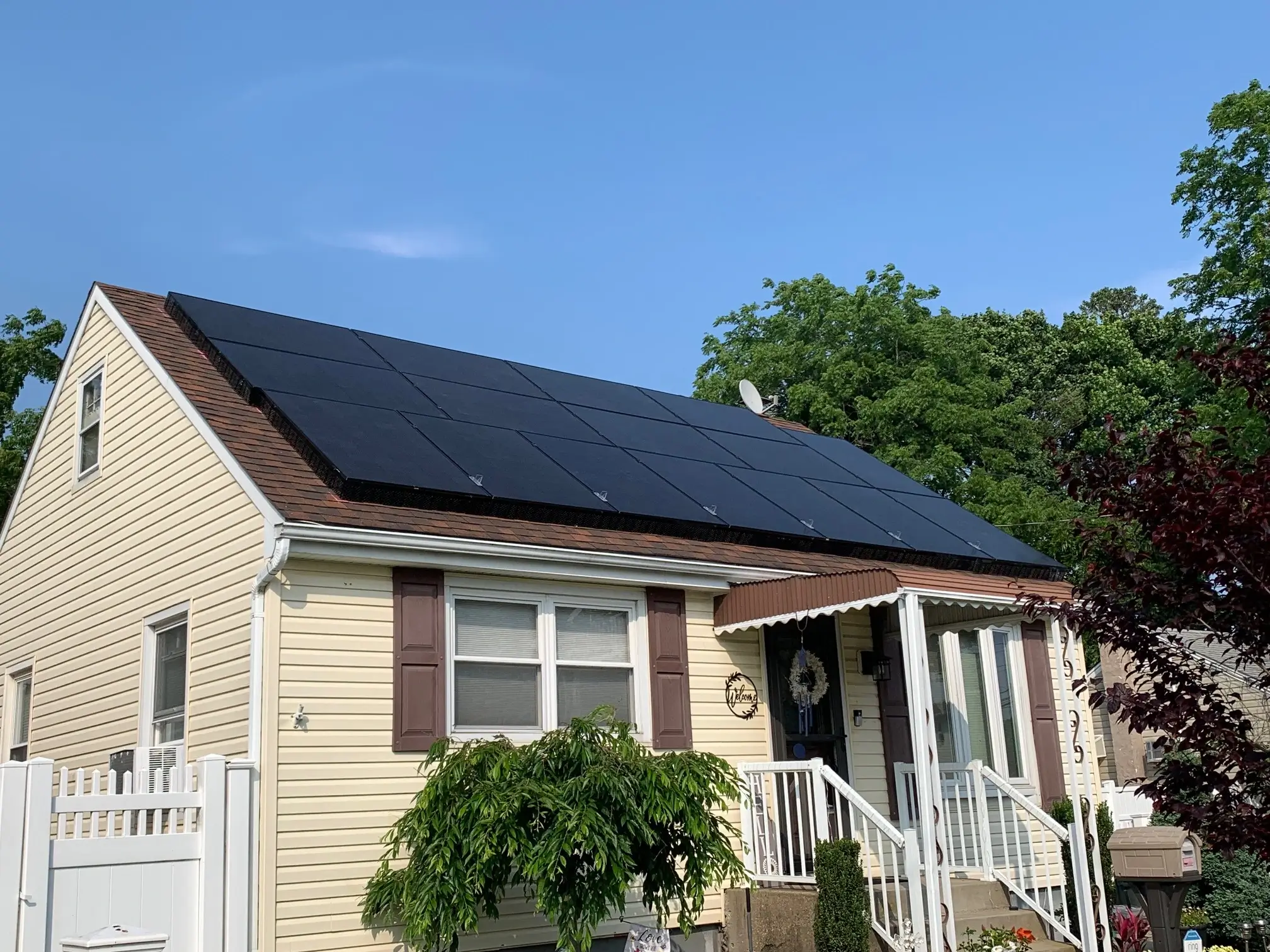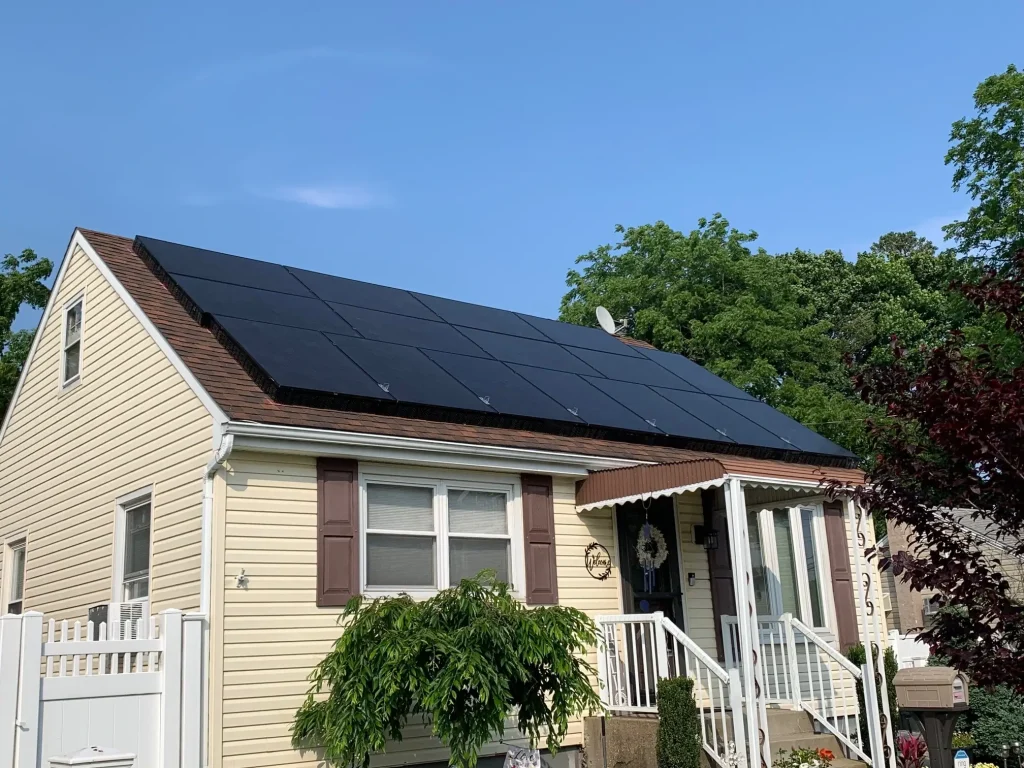
With home electricity prices skyrocketing (+11% from June 2022 to June 2023 in New York), there has never been a better time to take control of your energy costs with a solar energy system. With so much information out there, it can be confusing to navigate the different types of solar panel systems available and decide which is right for you. By understanding how a standard solar photovoltaic system works and the varieties that are available to you, you can feel confident in your decision to save with a customized solar array for your home.
How Does a Solar Panel System Work?
At the heart of a solar system, or solar array, is the solar panel itself. Solar panels are made up of photovoltaic (PV) solar cells which include semiconductor material, commonly silicon. When sunlight hits the solar cells, energy from the photons in the sunlight is absorbed by that semiconductor material, generating electric current in the form of direct current (DC) electricity.
However, most household and business electricity appliances require alternating current (AC) electricity. That’s why each solar system also has an inverter device which is used to convert the DC electricity into AC electricity. Once the energy is converted, this AC electricity is now ready to power your home.
All solar system types share this foundational system structure.
What Are The Types of Solar Panel Systems?
1. Grid-Connected Solar Energy Systems
Grid-connected solar energy systems, also known as grid-tied or on-grid systems, are the most common and widely adopted type of solar system. These systems are directly connected to the electrical grid, which is the utility company’s equipment that brings electricity generated from power plants to your home. This grid connection allows for the flow of electricity from the panels your home generates to the grid and back.
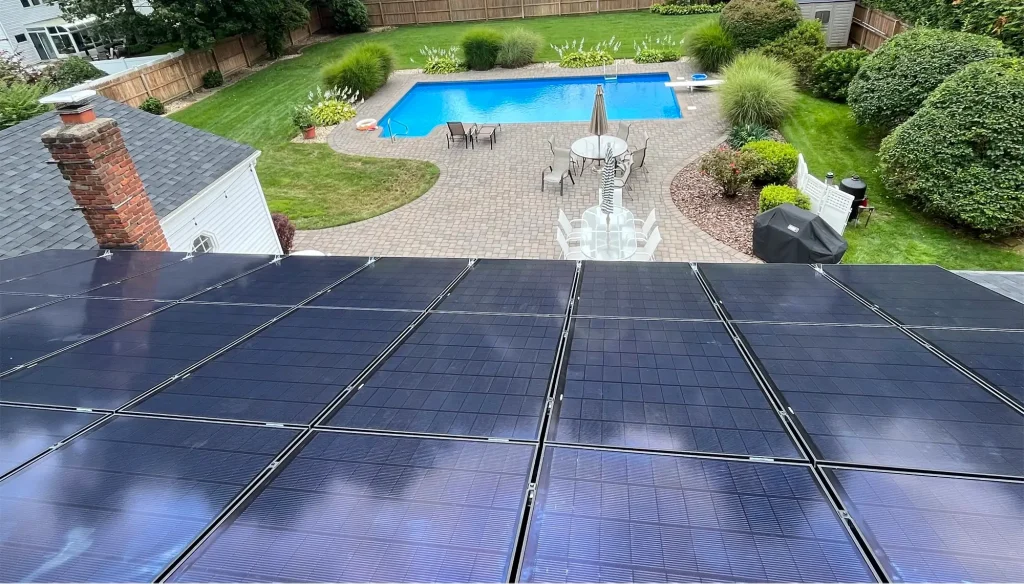
A bidirectional meter, also known as net meter, is installed to measure the flow of electricity in both directions. The meter records how much electricity is moving back and forth. For example, if a solar panel system generates more electricity than the building is using, the excess electricity is fed into the grid and the net meter runs backwards. When the solar panels are not producing enough electricity to meet the home’s demand, like during the winter when the days are shorter, electricity is drawn from the grid. The net meter records this as grid consumption and the homeowner pays the difference.
Advantages of Grid-Connected Solar Systems:
- Cost-Effective: These systems have some of the lowest upfront costs with the option to purchase or lease your system, depending on your preference. Most of these bought systems pay for themselves within the first 10 years, if not faster.
- Reliability: Grid-connected systems provide a reliable and continuous power supply, ensuring electricity is available even during periods of low sunlight.
- Net Metering: Excess energy generated during sunny periods can be fed back into the grid, earning credits or reducing electricity bills through a program called net metering. On days when there isn’t as much sunlight and the solar system isn’t meeting the demands of the home, homeowners can utilize the net metering credits they’ve banked to offset the energy use and continually keep electricity costs down all year long.
2. Stand-Alone Solar Energy Systems
Stand-alone solar energy systems, commonly known as off-grid systems, are designed to operate independently of the electrical grid. These systems are often deployed in remote locations where grid access is challenging or economically unviable.
These stand-alone solar energy systems are very similar functioning to grid-connected systems. It’s important to know, however, that off-grid solar installations are equipped with stored energy solutions such as batteries to store excess energy for use during periods of low sunlight. Energy generated during daylight hours that is not immediately consumed is stored in a battery bank. Batteries act as an energy reservoir, storing electricity for use during periods when the solar panels are not generating power, such as during the night or on especially cloudy days. Since stand-alone solar systems are not connected to the grid, these systems cannot rely on the grid to provide backup and rely solely on the battery storage solution for backup power.
Advantages of Stand-Alone Solar Energy Systems:
- Independence: Off-grid systems provide energy autonomy, making them suitable for locations that do not have access or strong access to the electrical grid.
- Resilience: Stand-alone systems can continue to provide power independently of the power grid, enhancing resilience in isolated locations.
- Environmental Impact: Off-grid systems reduce reliance on fossil fuels in areas where traditional power sources are unavailable.
It’s important to note that while off-grid solar arrays are an option for going solar, they’re typically not a feasible option for New Yorkers with the amount of energy today’s home tend to use. While energy storage solutions can help homes run on backup electricity when the power grid is down, this is a temporary solution until the grid regains power and not meant as a replacement for net metering with a grid-tied system. Homeowners in New York City and on Long Island go for the grid-tied solar systems while off-grid systems are reserved for more remote areas of the world.
3. Hybrid Solar Energy Systems
Hybrid solar energy systems, also known as battery backup systems, combine the features of grid-connected and stand-alone systems. These systems integrate solar panels, battery energy storage, like the Tesla Powerwall battery, and grid connectivity to maximize efficiency and provide a reliable power supply.
Like there previous two systems, a hybrid system also uses PV panels to collect and convert sunlight to energy. Instead of just routing this energy to the grid like in a grid-connected system, a hybrid system routes to the home’s backup energy battery. If the backup battery is full, then electricity routed to the electricity grid.
For batteries like the Tesla Powerwall, it will turn on automatically in the vent the power grid goes down. Then the home will run on the previously stored backup energy until the grid’s power is restored. As the battery uses electricity to power the home, the solar system is able to recharge the battery in the event of an extended grid outage.
Advantages of Hybrid Solar Energy Systems:
- Increased Reliability: Hybrid systems combine the reliability of grid-connected systems with the autonomy of off-grid systems, offering a robust power supply for any situation.
- Optimized Energy Use: The system intelligently manages energy flow, utilizing solar power, grid power, and stored energy to optimize efficiency and reduce costs.
- Grid Independence: Hybrid systems can operate independently of the grid for emergencies, enhancing resilience and dependability.
Start Creating Your Own Affordable Energy Today!
For thousands of New Yorkers, the decision to go solar and lower their energy costs is clear. Your customized solar panel system can help your home generate its own clean energy to reduce reliance on the power grid and lower your monthly electricity bill all year long.
Have questions about whether a battery backup energy system is the right choice for your solar system? Talk to our talented team of solar experts and we’ll help you create a customized system that works specifically for your home’s energy needs and budget.
Call today and start saving with solar.
